When we first made a trip to Vic Falls railway station, we had learned that it is not possible to reserve seats for a future date. You can only buy tickets for the same day. But when we tried to get same day tickets for the evening train leaving for Bulawayo, we were told that none was available! The ticket clerk said something about a few coaches having derailed earlier that day and the current days train would be leaving without first class sleeper coaches. Tickets for all other classes were sold out. Resigned to taking the bus next morning, we headed back into town for another night in Vic Falls.
A few different inter-city bus companies operate within Zimbabwe. Our Pathfinder bus left Vic Falls early next morning headed for Harare via Bulawayo. The buses are professionally run and very effort is made to stick to the published arrival and departure schedule. Interestingly, religious (Christian) material is publicly used on the bus. The journey started with a prayer on the PA system for safe passage (including strength for the driver to drive the bus) and ended with a prayer of thanks.
Bulawayo is the second largest city in Zimbabwe. The city center is a grid of elegant tree-lined streets and it is home to the country's main museums and theaters. The friendly lady who managed the front desk of our lodge put us in touch with a private cab driver who would take us to the Khami ruins, the second largest stone built monument in Zimbabwe. The largest is Great Zimbabwe which is accessible from Masvingo, about 200 km east from Bulawayo.
Great Zimbabwe is the greatest medieval city in sub-Saharan Africa and was capital of a realm that stretched across eastern Zimbabwe and into modern-day Botswana, Mozambique and South Africa. Khami, the capital of the Torwa Dynasty for about 200 years rose to prominence after the capital of Great Zimbabwe had been abandoned in the mid-16th century. It is considered as the successor dynasty to Great Zimbabwe and is of great archeological interest.
The ruins are located just over 20 km from Bulawayo. It is one of the few Zimbabwe sites that were not destroyed by treasure hunters and is considered important for its role in providing a clearer insight into the history of the country. What you see today is a complex series of platforms of dry-stone walled structures. With chevron and chequered pattern wall decorations, the structures display a high standard of workmanship in stone. The architectural form is considered to have emerged from that at Great Zimbabwe with some changes and improvements to suit local conditions. We wandered around the deserted ruins on our own for a while before we were met by one of the staff overseeing this site. He explained that the area we had just covered on our own was where the royals would have lived. To visit where to commoners had their home, we had to take a trail leading us toward the Khami river and dam. He led us there and provided us with some much need contextual information about the inhabitants of Khami and their relationship with Great Zimbabwe that preceded it.
Bulawayo is also the base to visit Matobo Hill National Park, known for its stunning landscape, great collection of San rock art, modest game viewing and also a historical site. Cecil Rhodes' grave lies atop a mountain top inside the park and elicits mixed feelings from Zimbabweans today. After giving some thought to the logistics involved in getting there, we decided to give it a pass.
Seeing the sights in Bulawayo involved just a couple of hours of walking through a handful of city blocks. It took us past important public buildings, theaters and supermarkets and the like. Vegetarian food proved to be somewhat of a challenge and we had to resort to our standard fall back option - pizza. For some reason all pizza outlets all over the world have either Margherita or Vegetarian or both. Lucky for us.
On our last evening in Bulawayo, we had a decision to make. Where did we want to go next ? Continue on to Harare and then make our way to Malawi and Mozambique ? Or go completely in the opposite direction towards Botswana and Namibia. Each had its own set of attractions and we were still undecided as we went to bed that night.
Google Maps Link
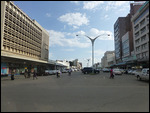
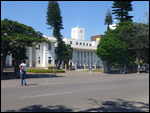
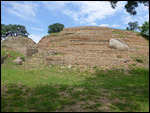
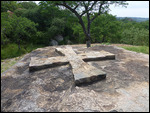
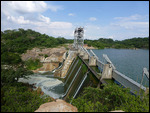
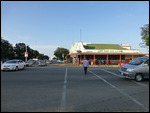

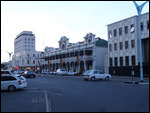

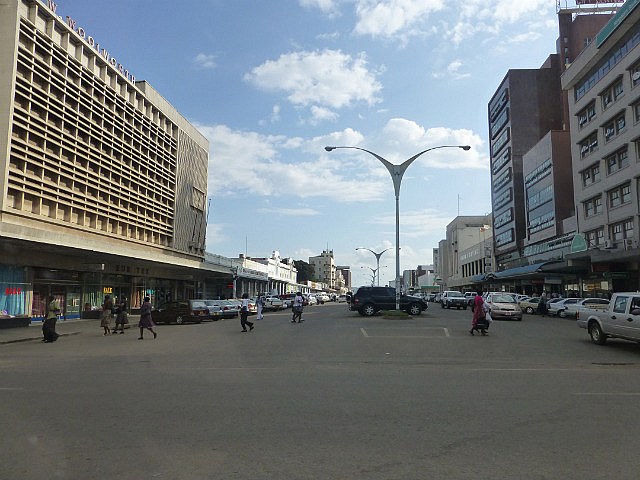
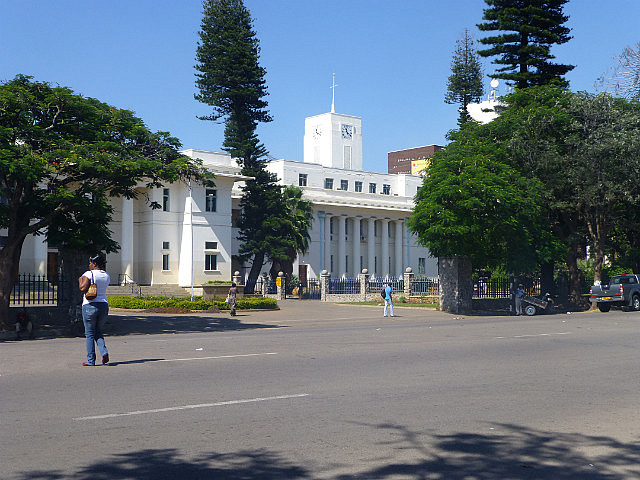
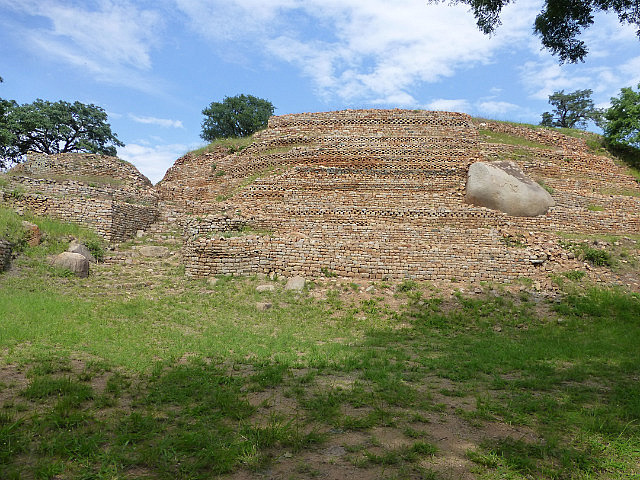
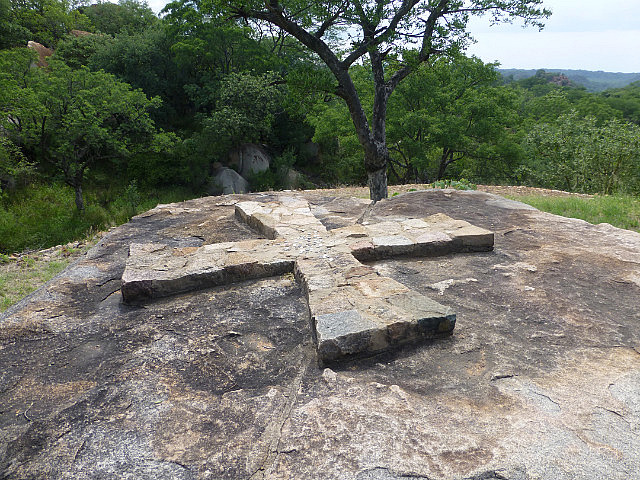


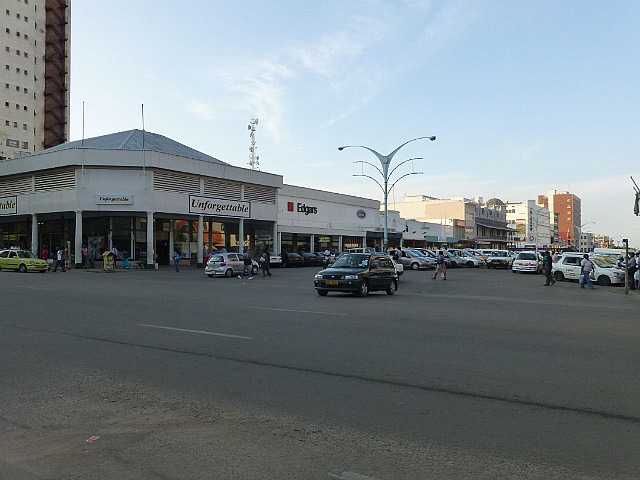


Comments